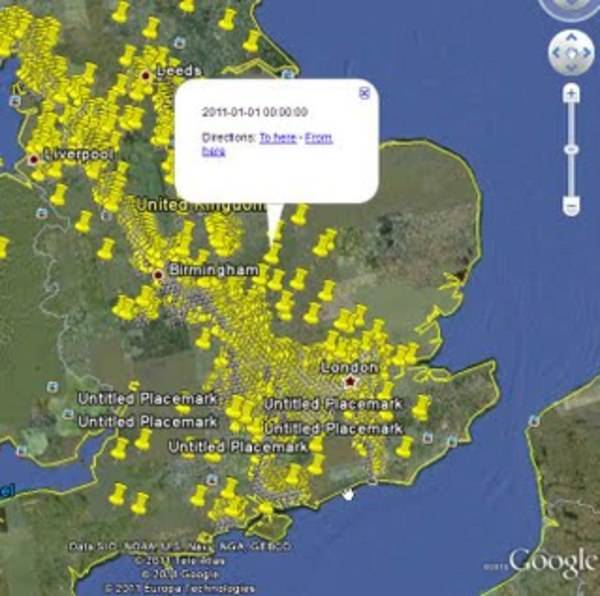
Apple is said to be quick at work to release a new version of iOS, its mobile operating system, to fix the “bugs” that began in iOS 4.0, which track your device’s location and store it in a file on your device and on your synced computer.
If you’re anything like me, however, the idea of a file with all of your location sounds really cool and you might not want to lose that information. If so, here’s a bit more about Apple’s proposed fix and what you can do to save that information before it disappears.
When the fact that my iPhone had been tracking my every move for the last year came to light, instead of freaking out, I got rather excited. In general, I’m pretty open with my location – my tweets have geo-location turned on, I check in using Foursquare and share it on both Facebook and Twitter and my pictures generally include location data too. But all of this can be pretty intermittent. The data collected by the iPhone happens in the background and is generally persistent, which means it should have a good picture of the nearly 20,000 miles of travel time I put in over the last year.
Boy Genius Reports reported today that Apple was working on iOS 4.3.3, which would “fix” this issue, stopping the iPhone from backing up location to iTunes and reducing the size of the location database on the iPhone. This means only a short period of time would be recorded on the phone, instead of the year or longer wealth of information currently stored. The fix will also improve battery life and delete the location database when Location Services are turned off.
I don’t know about you, but before that fix goes live I want to save that information and I suspect I’m not alone.
Pete Warden, one of the data scientists involved in uncovering the tracking (and an occasional ReadWriteWeb contributor), explains on GitHub just how to examine this data for OSX. Warden also offers a data visualization tool for OSX that turns your information into one of the pretty maps you’ve likely seen all over the Internet since this story exploded. Check it out:
Washington DC to New York from Alasdair Allan on Vimeo.
For those of you, like myself, who are using Windows, Warden points to a blog post that describes how to access the same information on your Windows machine. Another tool, dubbed nphonetrack, extracts the location data on Windows and plots it in a KML file to be viewed in Google Earth.

“Like Pete’s app, the points are not reported exactly in this app,” writes the app’s author. “They are [approximated] to roughly a 3km grid, and the dates are rounded to the nearest 7 days. The real data has greater precision in both location (although the points are not necessarily accurate) and time.”
If you’re as excited as I am about seeing a recorded timeline of your whereabouts of the past year, grab one of these tools and grab your data before updating your iPhone to the next version of iOS, before it’s too late and all that data is lost.

















